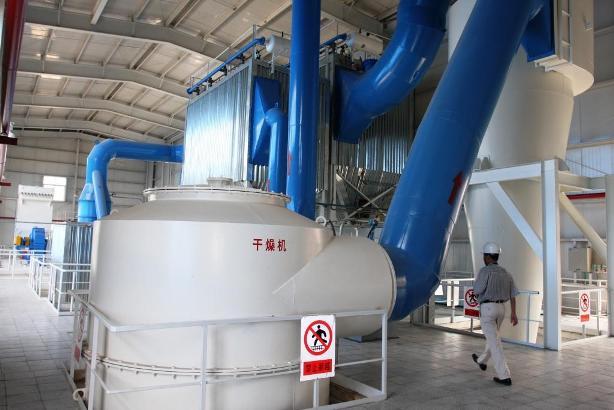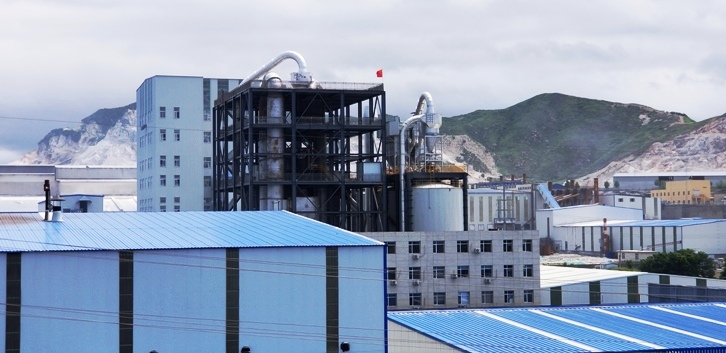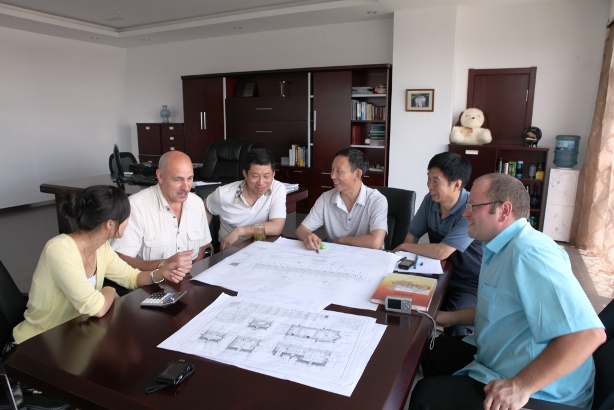Description:
Introduction to Carbide Slag (calcium hydroxide) Drying and Calcination Process:
The carbide slag is the precipitate (industrial waste) generated from the hydrolysis of calcium carbide (CaC2) during the production of acetylene gas, polyvinyl chloride, polyvinyl alcohol and other industrial products, and its main ingredient is Ca (OH) 2. The carbide slag is one of the industrial wastes which are difficult to dispose. Liaoning Dongda Powder Engineering Technology Co., Ltd., engaging in the research and development of powder technology, drying, calcination and heat source equipment since 1990, focus on the integrated application of carbide slag and is committed to research the process and equipment and to develop the special equipment applicable to process in recent years. According to the market demand, our company presents the carbide slag-based dry-powder mortar gelling agent drying, calcination joint system equipment process, carbide slag drying system equipment and process to meet demand of market and customers.
Product Introduction:
It is a new carbide slag calcination process to produce calcium oxide via dynamic calcination process. Dry the carbine slag into powder, then enters into the dynamic calcination-decomposition furnace, the calcium oxide will be generated under the high temperature decomposition for a few seconds. The calcination is fast and the heat transfer is even, and there is no raw calcination and over-calcination in calcinated material, so the calcination temperature can be accurately and it is the advanced process to produce active calcium oxide. The system is mainly composed of preheating Si De dryer, Si De calcination-decomposition furnace, trap, heat source and so on.
Working Principle:
The material carbine slag is fed into dryer for drying via feeder, and take the residue hot air generated from the decomposition of carbine slag by calcination-decomposition furnace as the heat source for the drying, the dried carbine slag is fed into calciner for calcination, and the decomposed calcium oxide is discharged from the dumping port.

 Our Mission/ Create a national brandCore Value/ Focus, Active, Diligent, Extreme
Our Mission/ Create a national brandCore Value/ Focus, Active, Diligent, Extreme Our Mission/ Create a national brandCore Value/ Focus, Active, Diligent, Extreme
Our Mission/ Create a national brandCore Value/ Focus, Active, Diligent, Extreme





 Chinese
Chinese


